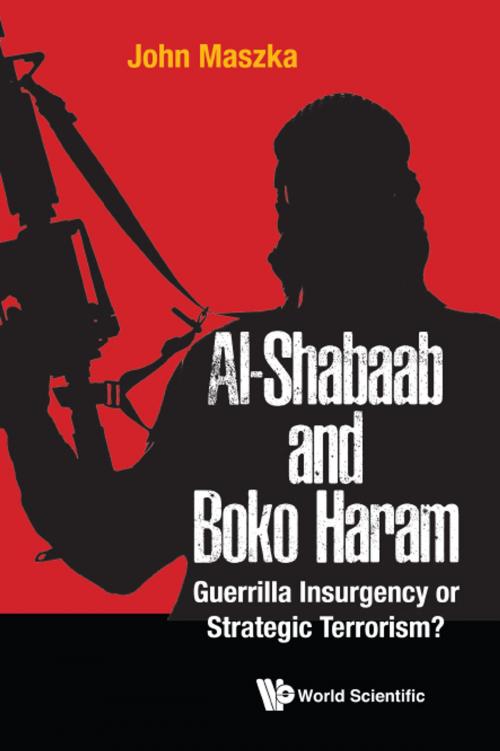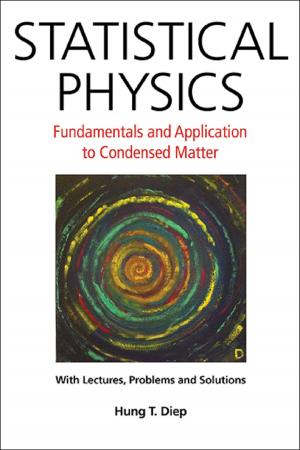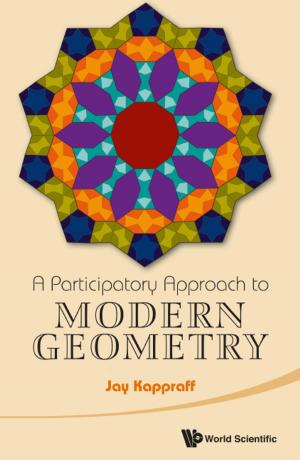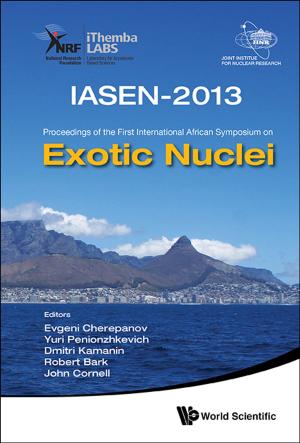Al-Shabaab and Boko Haram
Guerrilla Insurgency or Strategic Terrorism?
Nonfiction, Social & Cultural Studies, Political Science, International| Author: | John Maszka | ISBN: | 9781786344007 |
| Publisher: | World Scientific Publishing Company | Publication: | October 27, 2017 |
| Imprint: | WSPC (EUROPE) | Language: | English |
| Author: | John Maszka |
| ISBN: | 9781786344007 |
| Publisher: | World Scientific Publishing Company |
| Publication: | October 27, 2017 |
| Imprint: | WSPC (EUROPE) |
| Language: | English |
Boko Haram is now the deadliest "terrorist" organization operational in the world, by virtue of the sheer number of people the group have killed. Together with al-Shabaab, the two groups account for a substantial amount of carnage on the African continent. Analyzed here are the ideologies of these two infamous organizations. Utilizing information from breadcrumbs that they leave behind, in videos, media releases and various correspondence, this book searches for clues within the historical and contemporary social context that explain their existence. It explores the ideological roots the two organizations share and examines the goals and objectives of each group in order to calculate the nature of the threat posed in the broader international realm. It is argued that through applying strategic theory, and specifically the concept of strategic terrorism, it is possible to form a deeper understanding of two of the most dangerous militant organizations in operation today.
Contents:
- Strategic Studies
- From Bin Laden to Baghdadi
- Strategic Terrorism
- Somalia; The Teeth of a Lion
- The Strategic Terrorism of al-Shabaab
- Nigeria; A Fight between Grasshoppers
- Boko Haram
- The Future of Terrorism and the Role of Strategic Theory
Readership: Undergraduate and graduate student of social sciences, sociology, terrorism studies, comparative politics, african studies, african history, comparative religion. Popular market, policy makers, those interested in the politics, sociology and economics of insurgency and terrorism.
Boko Haram is now the deadliest "terrorist" organization operational in the world, by virtue of the sheer number of people the group have killed. Together with al-Shabaab, the two groups account for a substantial amount of carnage on the African continent. Analyzed here are the ideologies of these two infamous organizations. Utilizing information from breadcrumbs that they leave behind, in videos, media releases and various correspondence, this book searches for clues within the historical and contemporary social context that explain their existence. It explores the ideological roots the two organizations share and examines the goals and objectives of each group in order to calculate the nature of the threat posed in the broader international realm. It is argued that through applying strategic theory, and specifically the concept of strategic terrorism, it is possible to form a deeper understanding of two of the most dangerous militant organizations in operation today.
Contents:
- Strategic Studies
- From Bin Laden to Baghdadi
- Strategic Terrorism
- Somalia; The Teeth of a Lion
- The Strategic Terrorism of al-Shabaab
- Nigeria; A Fight between Grasshoppers
- Boko Haram
- The Future of Terrorism and the Role of Strategic Theory
Readership: Undergraduate and graduate student of social sciences, sociology, terrorism studies, comparative politics, african studies, african history, comparative religion. Popular market, policy makers, those interested in the politics, sociology and economics of insurgency and terrorism.















